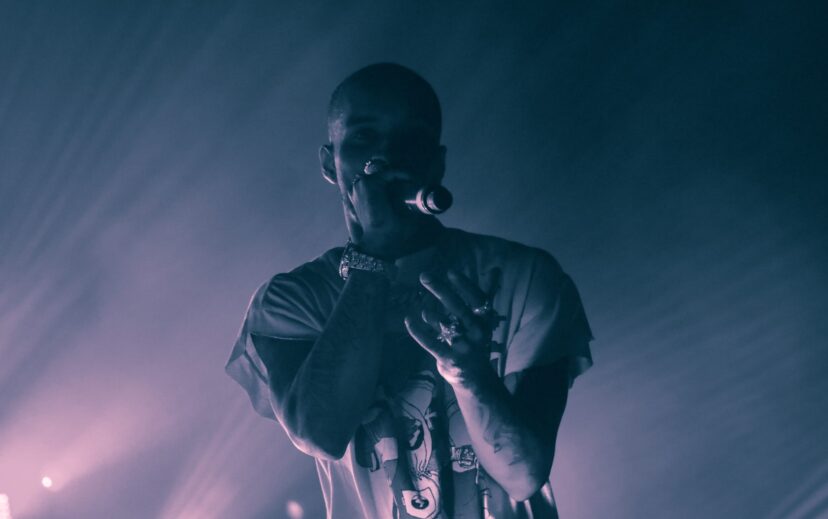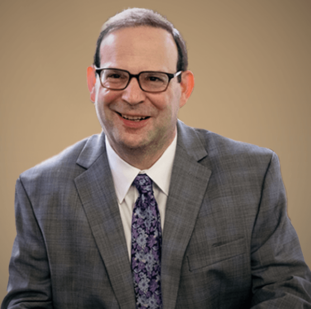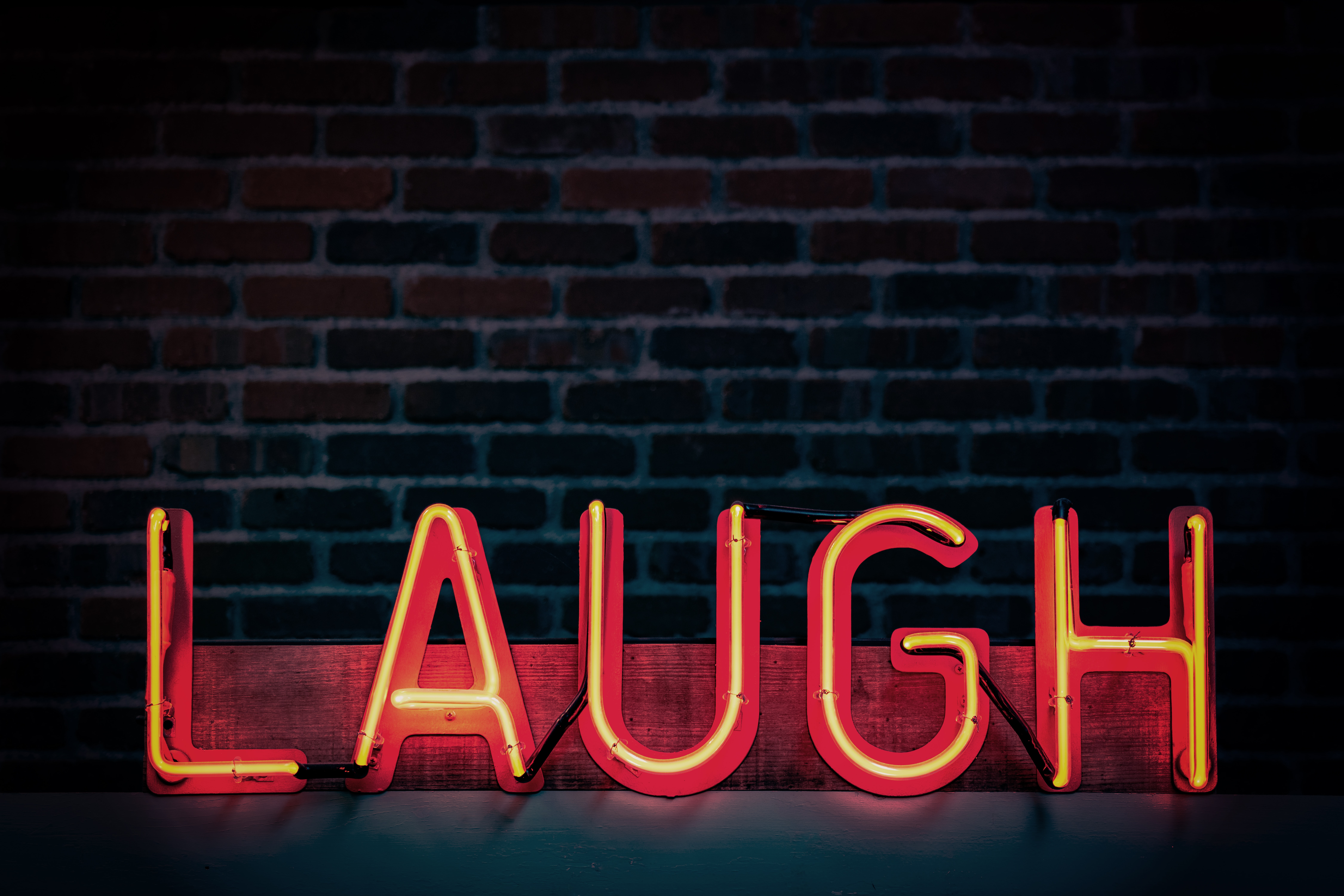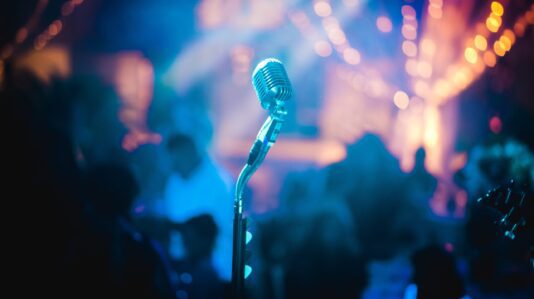Copyright laws provide authors with a “bundle of rights.” One such right is the right to perform the copyrighted work publicly. However, understanding public performance rights in the context of music can be complicated. We first have to understand what constitutes a public performance.
WHAT IS A PUBLIC PERFORMANCE?
The Copyright Act defines as follows:
To perform or display a work “publicly” means—
(1) to perform or display it at a place open to the public or at any place where a substantial number of persons outside of a normal circle of a family and its social acquaintances is gathered; or
(2) to transmit or otherwise communicate a performance or display of the work to a place specified by clause (1) or to the public, by means of any device or process, whether the members of the public capable of receiving the performance or display receive it in the same place or in separate places and at the same time or at different times.
Public performances include live performances in nightclubs, concert halls, arenas and other venues. The playing of recordings over loudspeakers in venues such as amusement parks and zoos also constitute public performances. So does the playing of recordings over radio, broadcast, cable and satellite TV as well as streaming over the internet. What isn’t a public performance? Singing in the shower and playing music at home with friends and family are two examples.
All public performances of music protected by copyright law (i.e., not in the public domain) must be licensed. There are two copyrights involved in the public performance of recorded music. First, there’s the copyright in the underlying song and second, there’s a separate copyright in the particular recording of that song. Let’s first see how public performances of songs, whether performed live or via recordings, are licensed.
SMALL RIGHTS
The majority of public performances (including live concerts of your favorite band) and the playing of individual songs or albums – on the radio or by streaming – constitute non-dramatic performances. The public performing rights in non-dramatic performances are called “small” rights. If someone wants to license music for public nondramatic performances, a “small rights” license is needed.
Small rights to a work are typically obtained through a “blanket license” from the major performing rights organizations (PROs), which include American Society of Composers, Authors and Publishers (ASCAP), Broadcast Music Inc. (BMI), SESAC, Inc. (formerly known as the Society of European Stage Authors and Composers) and Global Music Rights (GMR). A blanket license allows the licensee to play any song from the respective PRO’s entire catalog, in whole or in part, an unlimited number of times. The PROs license to TV, radio stations, networks, Internet streaming services and all nature of venues where music is publicly performed, whether live or using recorded music. The price for a blanket license varies and is primarily based on the size or capacity of the venue and how often the venue hosts music. Blanket licenses for TV, radio stations and Internet streaming services are typically based on a percentage of the licensee’s revenues.
GRAND RIGHTS
A small rights license is not sufficient if the intent is to publicly perform the copyrighted music as part of a dramatic piece. Examples of dramatic pieces include musicals, ballets, operas or other dramatizations, where musical works accompany dancing, costumes and other visual elements to create a dramatic production. For dramatic works, a “grand rights license” is required to allow for the music to be used in the context of a narrative.
Unlike with a small rights license, a grand rights license is only available from the copyright holder, which is typically a music publisher, or in the case of musicals, a theatrical licensing agent. Whereas a licensee of small rights pays one fee for unlimited use, a grand rights license requires payment per performance. The permissions and costs vary depending on how much of an individual song is in the dramatic production and for how long. Grand rights licenses for operas and musicals are typically based upon a percentage of “the house,” meaning ticket sales to performances. Ballets and other choreographic works are more often based upon a flat fee. There are many factors that go into pricing a grand rights license, including the nature of the musical work and the size of the venue.
SMALL RIGHTS VS GRAND RIGHTS
The context in which the music was originally written does not usually factor into the analysis when determining what kind of public performance license is appropriate for a given use. Still, making the determination can be a balancing act. For example, a song that was originally written as part of a narrative for a musical theatre piece can be performed out of context of that show under a small rights license, perhaps as a part of a standalone performance at a concert or playing a recording on the radio. “Send In The Clowns” from the musical A Little Night Music is a good example of a small rights usage of a song from a grand rights work. But if that concert included too many songs from the same show, then an argument could be made that the concert is actually a condensed version of the show, and a grand rights license will be required.
On the other hand, under a small rights license, an individual could create a concert comprised of 80’s hairband music that was written independently and not in the context of a narrative. However, if that person started adding a narrative that connected the music, used the songs to move a plot forward and subsequently created the musical entitled Rock of Ages, a grand rights license would be required. Other grand rights uses of songs include “jukebox” musicals, like Jersey Boys and Beautiful.
PUBLIC PERFORMANCE OF RECORDINGS
So far, we’ve only discussed public performing rights in musical compositions, whether songs or symphonies. What about public performing rights in the recordings of those musical works? Unfortunately, for recording artists and record labels, there is only a very limited public performing right for “sound recordings” in the United States. The US Copyright Act provides that there is only a right of public performance when sound recordings are performed by “digital audio transmission” (which basically means internet streaming). So, when the Frank Sinatra recording of “New York, New York” is played on the radio or over loudspeakers at Yankee Stadium, the songwriters and their music publisher get paid through a PRO blanket license, but Sinatra’s estate and his record label get nothing. Non-interactive streaming performances are typically licensed through SoundExchange, which functions like a PRO for artists and labels. Interactive (i.e., on-demand) streaming performances of recordings have to be licensed directly by the record labels. However, most of the rest of the world outside of the US recognizes broad public performing rights in sound recordings.
PUBLIC PERFORMANCES OTHER THAN MUSIC
Other creative works besides music can be publicly performed. Comedians have recently realized that their routines, when recorded, are “literary” works that can be publicly performed. Licensing entities similar to PROs have recently sprung up to license these public performing rights in the underlying material and lawsuits have been filed to enforce these rights. However, the recordings themselves, like recordings of music, would only be licensable for streaming.
There are many variations on how music can be publicly performed and distinctions between small and grand rights may not be obvious. When in doubt, best practice is to consult an attorney for guidance to avoid a potential copyright infringement action. Contact a member of our team for next steps.
[This blog post has been updated from a previous version, published February 20, 2020]





